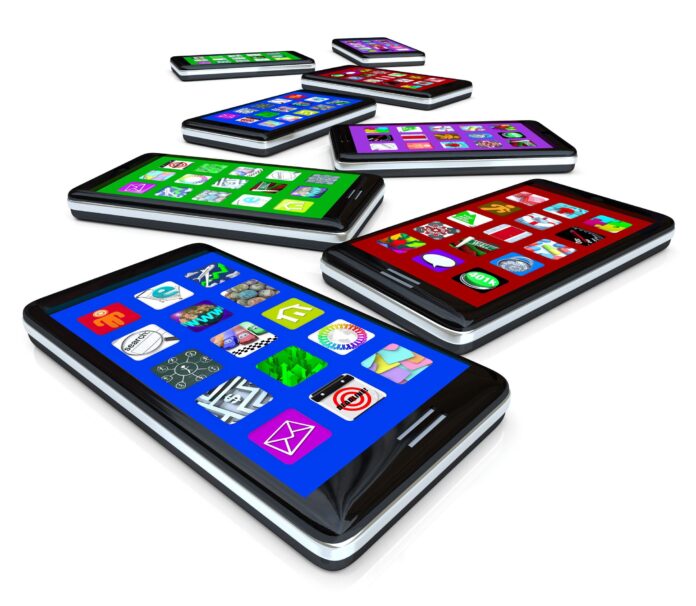What lies ahead in the device market for 2020? With any luck, a major upgrade “super cycle” as customers change up their devices in order to take advantage of new 5G networks. And that means major changes ahead for the secondary device market, according to a new survey.
Secondary device market specialist Blancco has been gearing up for an increase in devices that need to be processed for the secondary market, and the company recently published the results of a global consumer survey that predicts a “deluge of devices” coming onto the secondary market as end users upgrade to 5G.
That would be a welcome change for smartphone makers, who have faced slump in recent years; in 2019, global sales for new smartphones were down 2% year-over-year to the lowest level since 2010, according to numbers cited in the Blancco study. Customers are hanging onto pricy devices longer rather than keeping to a regular upgrade cycle, but that is expected to shift this year as 5G networks roll out more extensively and end users try them out.
“What’s good news for the new smartphone market is also good news for the secondary
market,” Blancco says in its report, adding that the cost of upgrading to a new smartphone means that users are likely to trade in an old one at the point of sale.
With nearly 70% of consumers indicating interest in upgrading to a 5G device, Blancco said that could mean more than 800 million devices may be collected during 5G upgrades. Even if it’s only half that number, the company added, it would still be double the number of refurbished and used smartphones that were shipped globally last year — which was a little more than 200 million.
“The secondary device market needs to be ready for a device deluge,” the company’s report concluded, adding that IDC expects the global market for used smartphones to be worth $67 billion by 2023.
In the independently conducted survey, 5,000 mobile customers around the world (1,000 customers in each of five countries: the U.S., U.K., India, Germany and the Philippines) were asked questions about their device plans for 2020.
Among the findings:
-62% of consumers had never traded in a device, and one-third had never heard of the secondary device market — showing that most users trading in phones this year will be doing it for the first time and need to have a positive experience doing so, Blancco said.
-51% said that getting a credit toward a new smartphone was the main reason to trade in a device, and they expect to get about 35% of the original purchase price for doing so — and Blancco says that considering the value that devices can generate on the secondary market, that’s not unrealistic. But, the company added, that achieving that level of valuation for devices “is reliant on the efficiency of the secondary ecosystem as a whole, and more specifically, the processes within each individual organization.”
-Around 51% of customers reported that they have been waiting for 5G networks and devices before upgrading, including more than 70% of respondents in India and the Philippines. Fully 60% of global respondents said that they intend to upgrade to a 5G-capable device this year.
-Customer concerns over data on their used devices is a major barrier to trade-ins. 17% of users reported that their reservations about the security of their personal data on the device was the primary reason that they wouldn’t consider trading one in. Blancco found that 77% of consumers were at least somewhat concerned about data and privacy protections if they turn over an old device, up 11% from a 2019 Blancco study.
-Carriers don’t only processing used smartphones that are traded in for new ones; they also have to diagnose and process devices from warranty programs, repair requests, expired leases and insurance claims, and managing all of those along with a “huge additional influx from buy-back programs” while preparing devices for resale is a formidable task. Blancco said that when taking all the possible reasons why an operator or OEM might receive a device back and the options upon receiving it, there are “approximately 80 different return and decision pathways” and more devices will mean more complexity, which could drive up cost.

